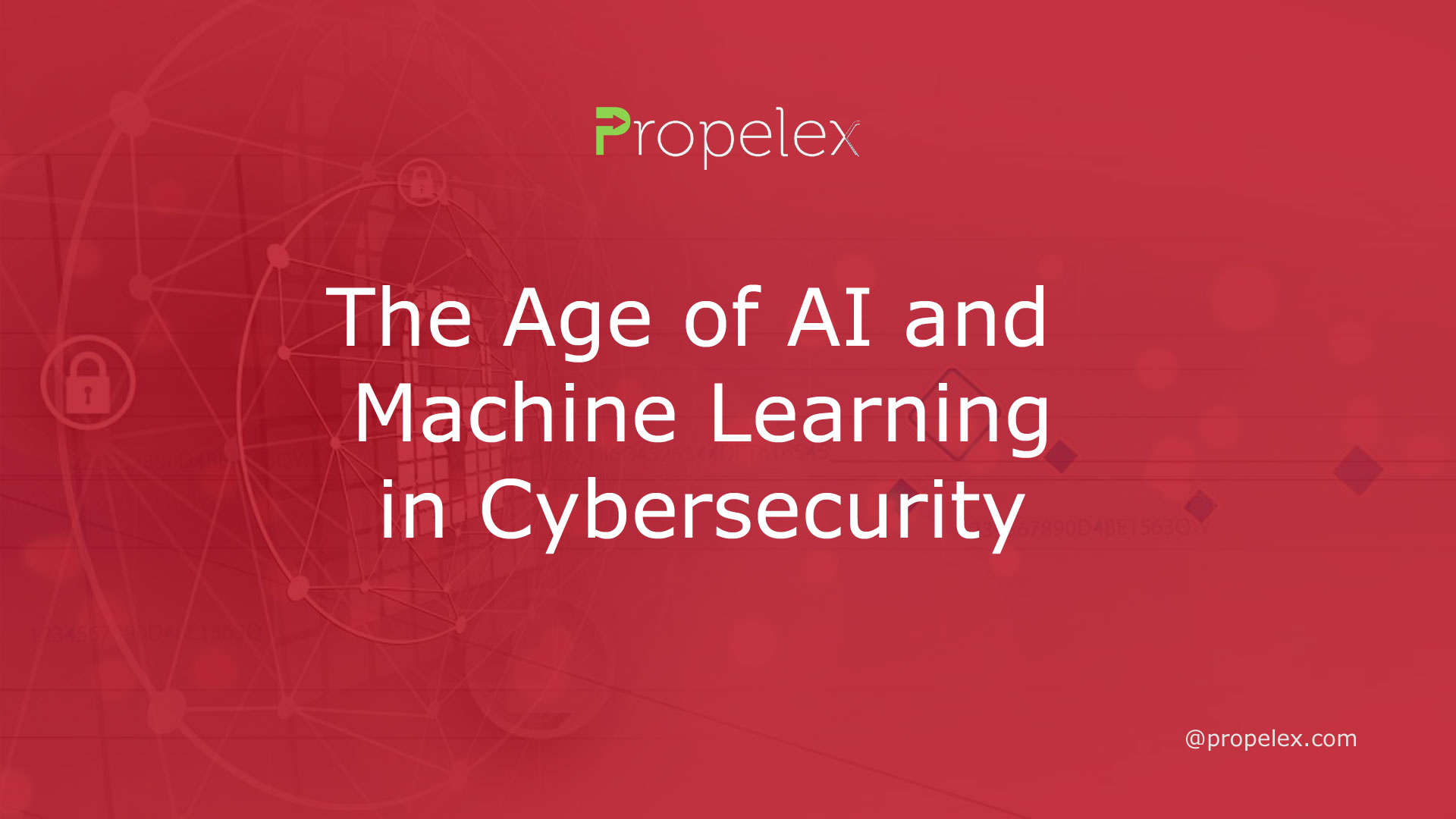This article examines the roles of AI and machine-learning in cybersecurity, outlining their advantages as well as potential drawbacks. Additionally, we look at ways to create a cybersecurity team that leverages both technologies.
AI is now an integral part of contemporary life.
Over the past decade, AI has become a major influencer in cybersecurity. While its benefits are numerous, there also potential drawbacks to consider.
Some of the most notable AI solutions include facial recognition, recommendation systems and targeted advertising. These applications need to be further developed before they become widely adopted.
Companies looking to incorporate AI into their cybersecurity strategies will be pleased to know there are numerous solutions available. These solutions can help prevent data breaches and safeguard digital anonymity, two essential requirements for companies.
AI’s capacity to enhance digital security is its primary benefit. This is especially vital for organizations prone to attacks from hackers and network connected devices, as an AI-based security solution can detect, stop, or even reverse cyber threats before they escalate out of control. Furthermore, it increases the efficiency of digital systems overall.
AI in cyberspace offers many potential advantages, such as faster turnaround times, improved decision-making and reduced human error. These could have a major effect on society.
Modern cybercriminals use deep learning techniques to infect training data with malicious code.
Deep neural networks (DNNs) have been a promising technology for some time. Unfortunately, their complexity poses security risks to users; computer vision – the foundation of most AI applications in real-world situations – is especially susceptible to these dangers.
Data poisoning is one of the oldest attacks against DNNs. This involves inserting poisoned data into a training database with the intent of subverting its learning algorithms. The success rate of this attack will depend on how many samples were poisoned.
A neural Trojan is used to access the memory of a target system and cause data poisoning, potentially decreasing its accuracy or increasing false positive rates.
This attack, also known as the Convex Polytope Attack, attempts to solve a problem which cannot be solved through brute force alone. Poisons are convex around their target in this attack.
Machine learning is capable of quickly scanning and analyzing vast amounts of security information.
Machine learning is an advanced algorithm employed in cybersecurity. Machine learning allows computers to gain knowledge from their experiences and recognize patterns across large data sets, enabling them to quickly detect security risks and malicious code.
Machine Learning has seen a meteoric rise in popularity due to advances in statistics and computer science. This cutting-edge technology can help your business flourish.
The ideal solution will facilitate open-source infrastructure adoption, helping companies save money on maintenance costs.
Machine learning algorithms come in two varieties: unsupervised and supervised. Both require the evaluation of both labeled as well as unlabeled data for accurate results.
Unsupervised algorithms search for connections in unlabeled data, while supervised models utilize labeled training data to make predictions.
No matter the deployment method, a comprehensive platform can enable you to scale your machine learning models. By using one platform across various industries and environments, it becomes simple for you to deploy models across various settings.
Diversifying AI and machine-learning teams is highly encouraged.
Machine learning and AI are rapidly becoming essential elements in the cybersecurity industry. These technologies can be employed for a variety of tasks, such as recognizing security threats and zero day vulnerabilities, providing context around alerts, and pinpointing root causes of issues.
The lack of diversity in AI/machine learning security systems is becoming an increasing concern. Without diversity within the community, progress towards creating security-focused AI could be hindered.
Companies can take a number of steps to promote diversity within their AI and machine-learning teams. To foster an inclusive culture, companies should offer fair compensation to data scientists, establish feedback mechanisms, and address microaggressions head on.
Leaders must guarantee employees access to training and other development programs. This can be accomplished by hiring individuals with specialized skills. Employ people knowledgeable about algorithms such as financial services, credit scoring or loan origination.









